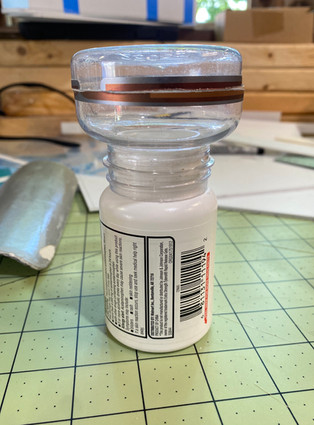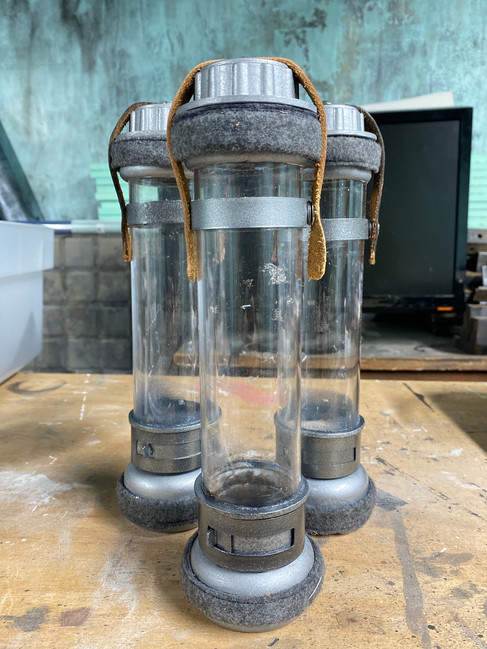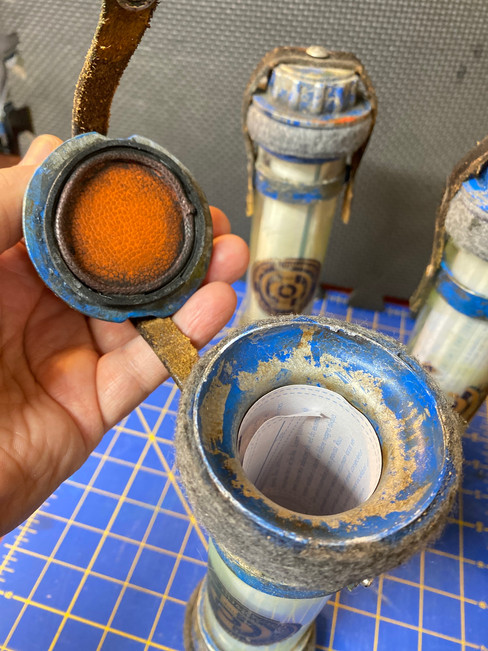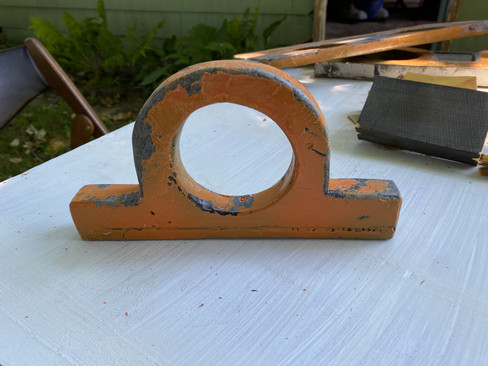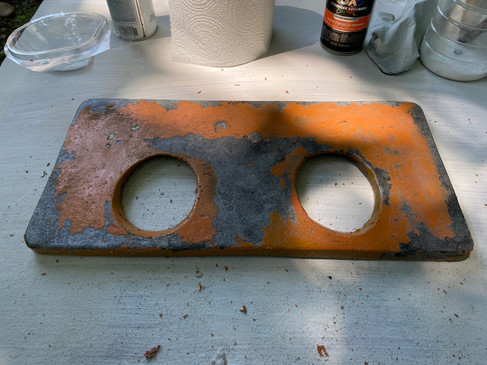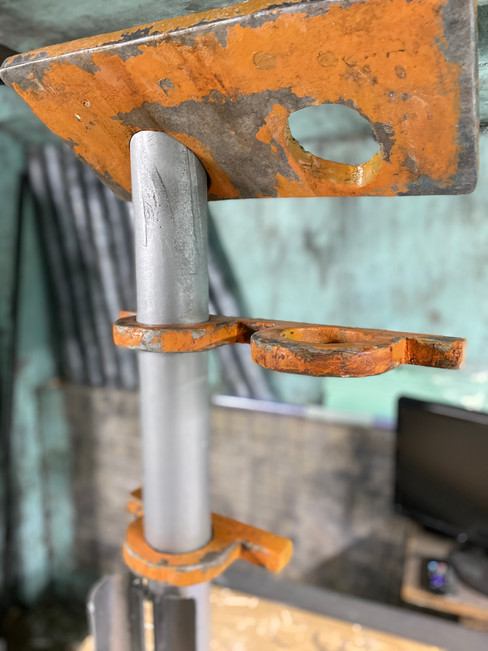What I learned from Mike Mulligan and Mary Anne
- Phil
- Sep 25, 2022
- 5 min read
In the last few months I have made a lot of progress on a number of elements for the film’s set and props. Everything remains in flux and still unfinished, but resolutions on some projects are getting close. Am I moving as fast as I’d like? No, not really, but progress is still being made. I simply haven’t had the time to devote to the web updates. That’s what I thought, but then I realized how much these updates aid me in this adventure. They help me see more clearly where I am in the process and frame that process as what it is and what it isn’t. I started out with a clear idea of what I wanted to accomplish, while knowing it would be a challenge. I wanted that challenge, and the chaos that comes with such challenges. This summer I’ve been furiously working as much as I can on these challenges. I have been and continue to be lost in world building, digging myself deeper and deeper into a hole.

Here is a brief example of this process. Within the story a pneumatic tube delivery system is used to shuttle paperwork to and from the main character. Designing and building this should be easy enough but as with most film design, believability needs to be addressed.
As I build this I have to consider what makes this device believable? What defines the essence of such a communication delivery device? What can be hinted at and what needs to work? Where do I need to focus my attention? Materials are a major element in the design process. What is the actual historical history of such devices? What would it have been made out of? Can I recreate something that appears believable? What construction techniques would be most effective? What tools do I have access to or know how to implement? If I don’t know how to do something, do I take the time to learn how or is there a better alternative for my time? What details are needed to finish it. Painting and weathering? How old is this system? Within the created world that it inhabits does it function properly or does it cause problems for the user? What is the organization that the character works for? What does its logo design look like? What era inspires the design of the logo and all the other elements within the film? Where do we see the design? Is it on the shuttle? What’s the condition of it? What goes into the pneumatic tube’s delivery shuttle and what does that shuttle look like? Does the operator interact with the shuttle and the contents inside? Yes, ok what does that look like? What type of forms or information are delivered? Something that is simply read or something that must be filled out? Historical references to such documents then must be researched. Are forms filled out in triplicate? Yes, then what is that process? Carbon paper? OK, can you still find carbon paper? How does this get incorporated? Now I’m making a form with multiple pages including carbon paper and all paper ephemera needs to look believable. Now it becomes clear that the operator has to roll the paper forms to be placed into and taken out of the tube. Does the operator do this by hand or maybe there’s a machine that is used to simplify the process. OK, what does that machine look like? Is it mechanical or somehow electrified? Is there something like this or something that needs to be designed and made?
There’s a part of me that keeps saying, dig dig dig, but now that I’m in the middle of it and looking around, I realize I am Mike Mulligan, and I and my steam shovel Mary Anne are in a real interesting predicament. If you don’t know the much loved children's’ story I encourage you to go out and get the book. Mike Mulligan and His Steam Shovel, written and illustrated by Virginia Lee Burton, first published in 1939. It’s a book with much to teach and in all honesty, probably was one of the instrumental moments that helped push me towards the arts and storytelling as a young child. In the story Mike Mulligan and Mary Anne are replaced by new modern machines. They eventually find work digging the cellar for a town hall far away from the city. They complete their task in record time with only one problem. They have worked so fast that they forgot to leave a way out of the pit that they dug. I’ll let you read the book to find out how they solved their delima. All of this has gotten me thinking about failure and success.
Looking at this objectively, as much as one can when evaluating one’s own actions, it seems that both ends of the spectrum are fairly harsh, at least in a “traditional” way. I’ll be honest and say a lot of the above process of designing and building the pneumatic tube system has been plagued with failures, as has much of this entire film making process. I don’t want to even begin to count the number of times that I’ve started building something for the film only to scrap it and start again. That is to say I now know so much more about how to do something because I’ve failed at it many times over. There are plenty of others who have come to this type of conclusion, but I think that even if we understand this or have been taught this, we truly don’t understand it until we’ve experienced it.
Lately, I’ve been trying to share this with my students more. I recently had a student who struggled with a major project. They too were learning a lot of new techniques and tools to make their project work, some of what they were learning was unfamiliar to me too. Their struggle was all too real as it seemed to always result in more failures than successes, especially during group critiques and this caused a lot of frustration for everyone involved. In the end the project worked, not as well as intended but well enough. However, I believe what was gained from the process was so much more valuable to the student than having tried something easy or a repeat of what they already knew. I hope that I conveyed this belief to them. Of course as an outsider it's always easier to see this phenomenon. When you are experiencing it yourself you are often too close to the problem to see it as something other than a failure, but sometimes understanding that failure and success are not absolutes but concepts that we’ve artificially constructed is the key, and that not knowing something is much more powerful than knowing something, because ultimately it provides a path to greater understanding.
Stay tuned, maybe my next post will be about how I learned when to disregard everything I just said because simply purchasing the thing you want will be cheaper than all the time and money spent learning how to build a facsimile of it.



